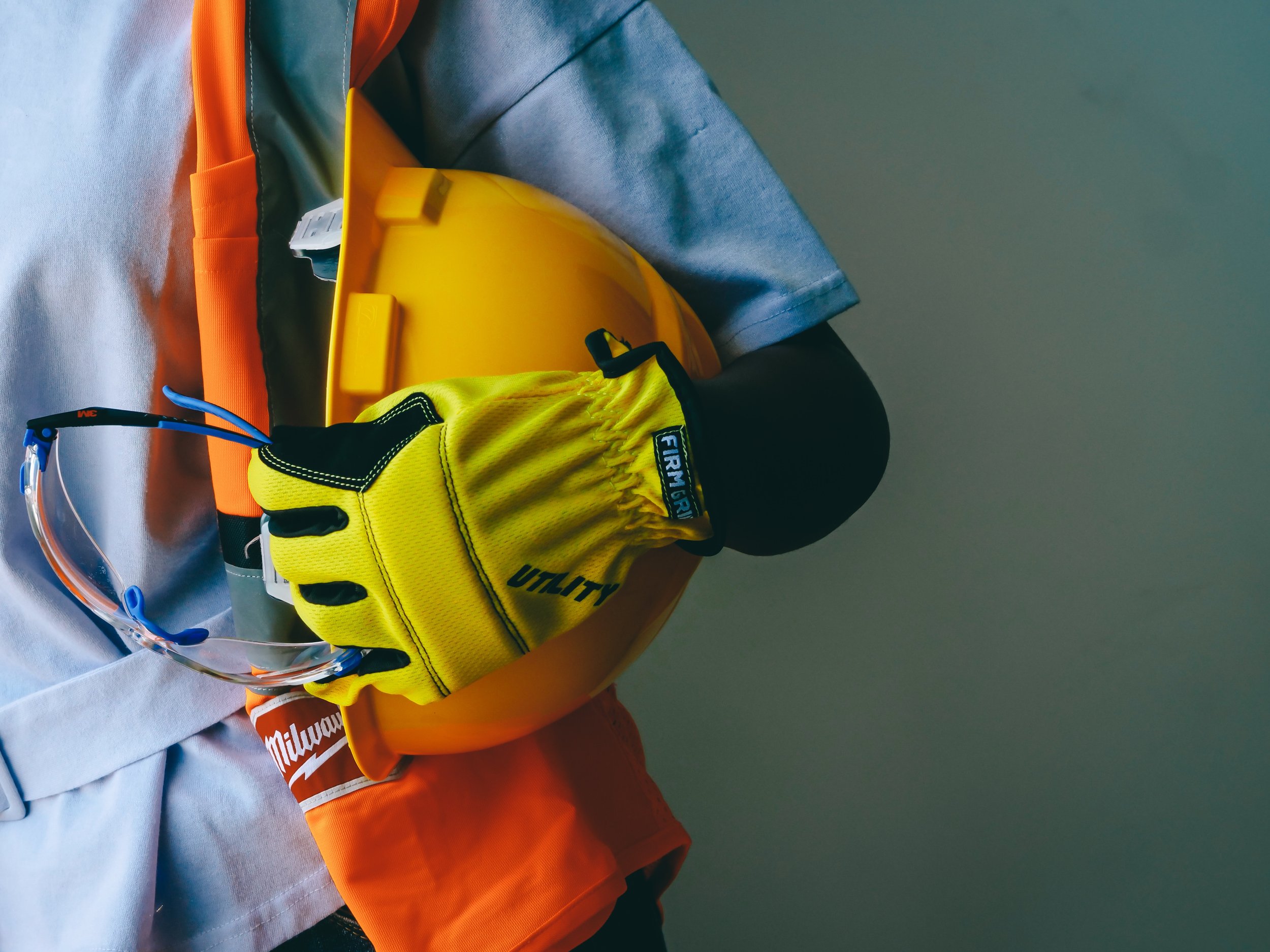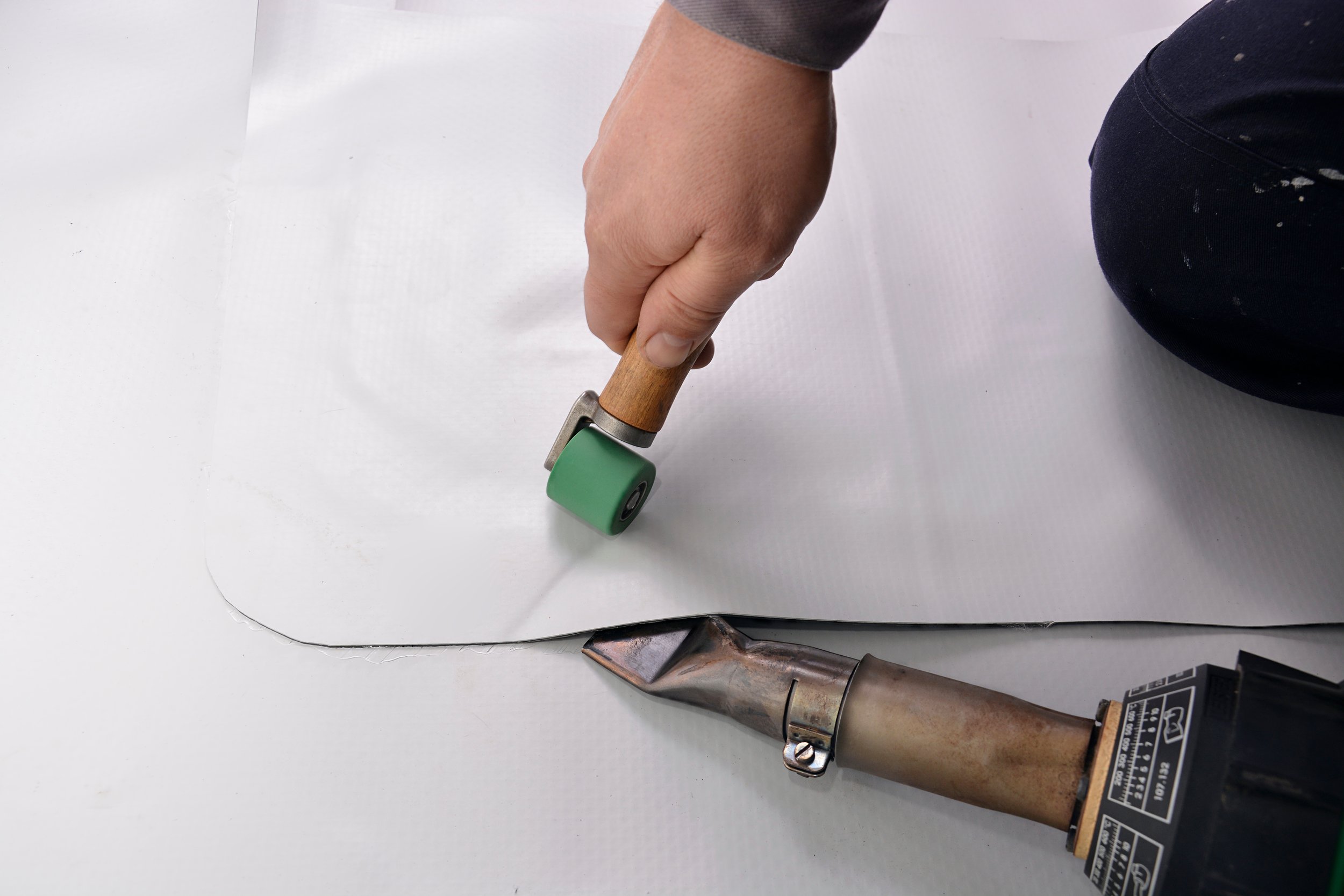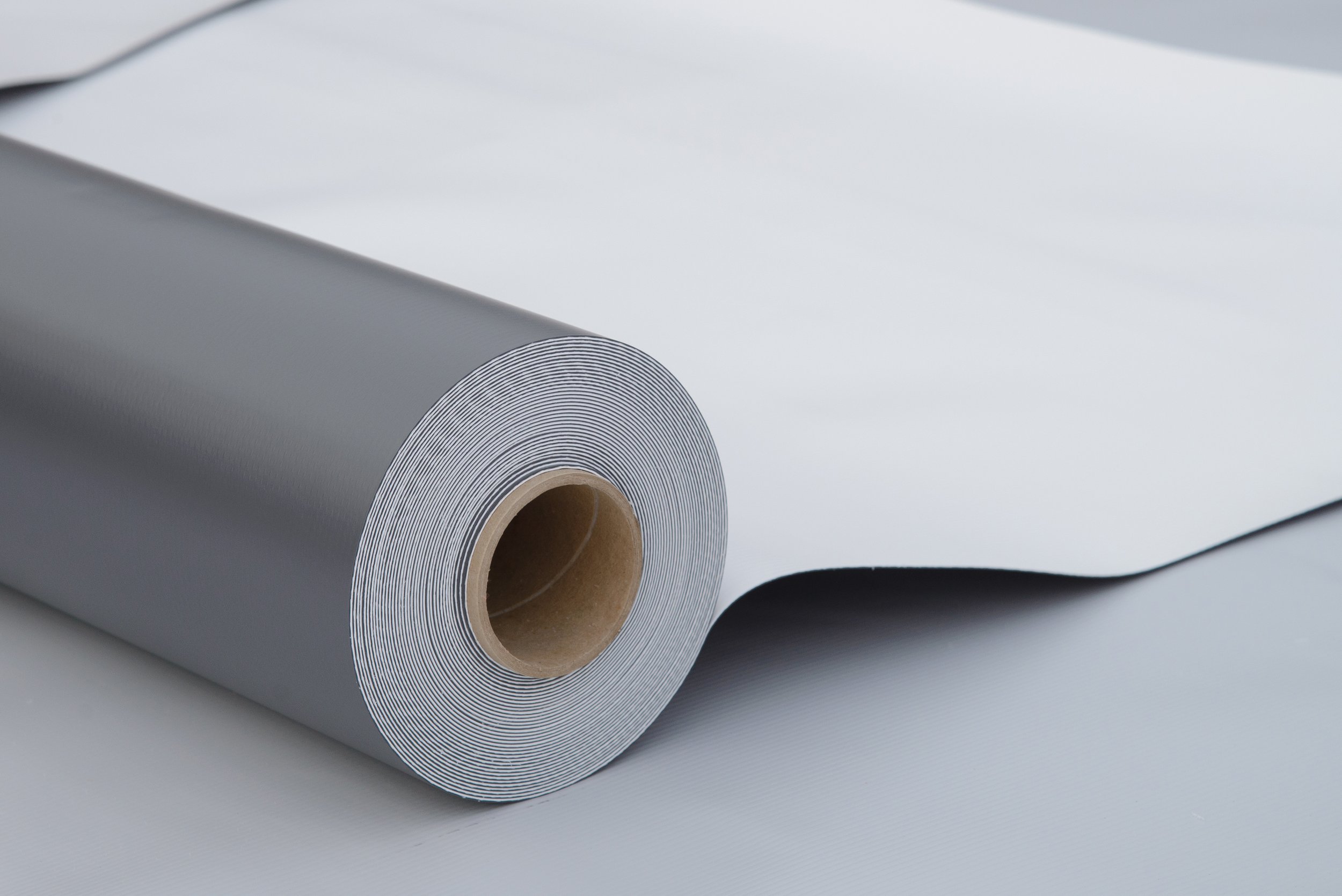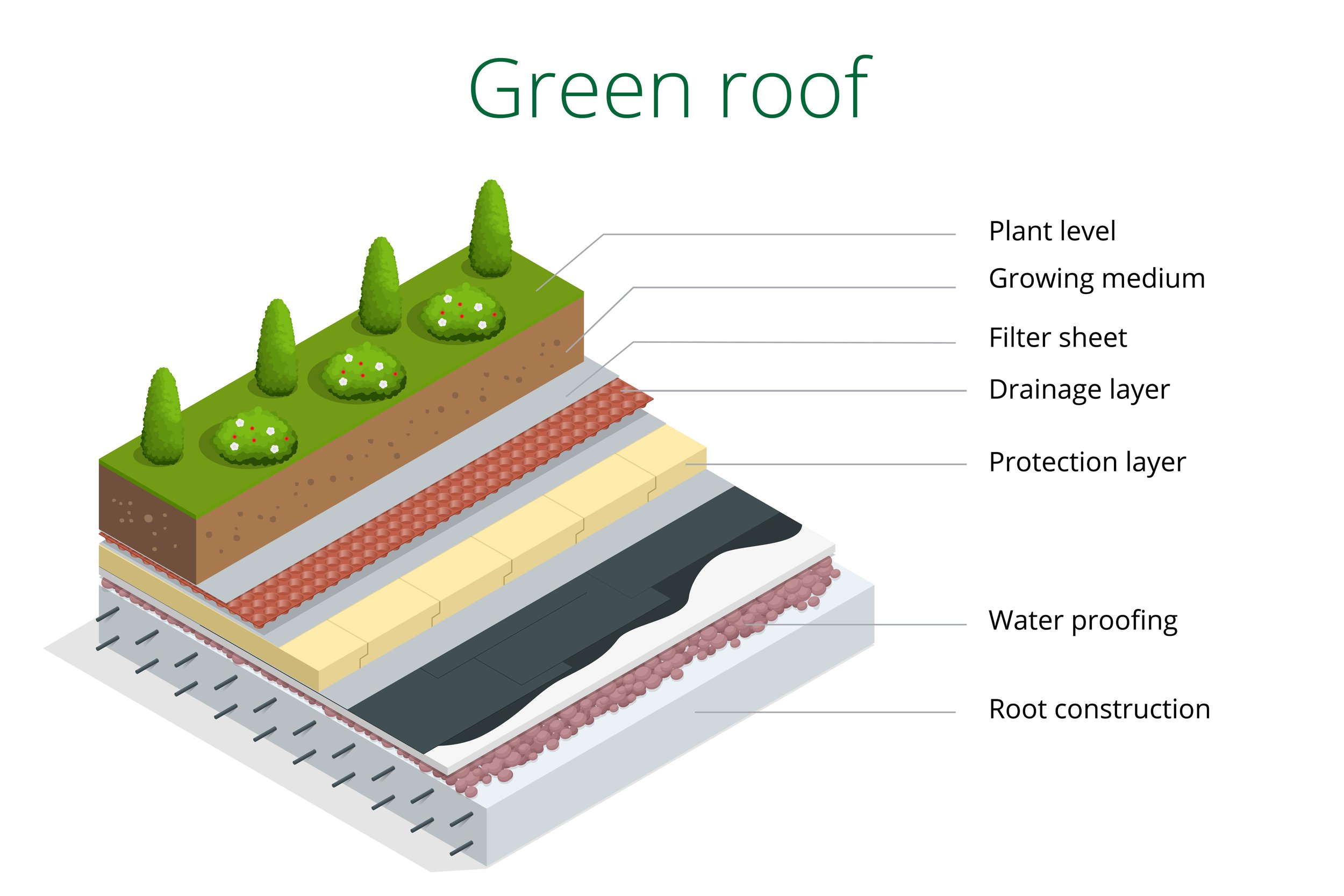
ROOFING 101 | THE ART OF ROOFING
ASPHALT SHINGLE
-
Asphalt shingle roofing, a popular choice for homes, consists of overlapping shingles made from asphalt, fiberglass, and mineral granules. Known for their affordability and ease of installation, they typically last 20-30 years with proper maintenance. Asphalt shingles come in various colors and styles to match your home's aesthetic. However, they can be susceptible to damage from high winds, hail, or algae growth, requiring occasional repairs or replacement.
-
Class 3 and Class 4 asphalt shingles offer varying levels of hail resistance, with Class 4 being the more robust option. Opting for Class 4 shingles may qualify you for insurance premium discounts, but it's important to understand that this doesn't guarantee complete protection from hail damage. In a severe hailstorm, the impact energy that damages a Class 3 shingle is likely to also affect a Class 4 shingle, despite its higher rating. Additionally, while insurance discounts are attractive, some insurers may deny hail claims on Class 4 roofs, arguing they should have withstood the storm. Therefore, it's crucial to carefully weigh the benefits of potential insurance savings against the risk of claim denial, and to fully understand your insurance policy's terms before making a decision.
-
3-Tab Shingles are the most basic and affordable type of asphalt shingle. They have a flat appearance with three tabs per shingle.
Within each of these categories, there are countless variations in terms of color, texture, and shape. Manufacturers offer a wide range of options to match any architectural style and personal preference.
-
Architectural Shingles (Dimensional or Laminated) have a more textured, dimensional look due to multiple layers of shingles laminated together. They offer better wind resistance and a more aesthetically pleasing appearance than 3-tab shingles.
Within each of these categories, there are countless variations in terms of color, texture, and shape. Manufacturers offer a wide range of options to match any architectural style and personal preference.
-
Luxury Shingles (Premium or Designer) are the thickest and most durable type of asphalt shingle, often designed to mimic the look of slate or wood shakes. They offer the best protection and longevity.
Within each of these categories, there are countless variations in terms of color, texture, and shape. Manufacturers offer a wide range of options to match any architectural style and personal preference.
METAL PANEL
-
Metal Panel Roofing Systems are composed of interlocking metal sheets, typically made from steel or aluminum.
They're renowned for their durability and longevity, often lasting 50 years or more. These systems are resistant to fire, high winds, and hail, and they reflect sunlight, which can help reduce cooling costs. Installation is relatively straightforward, but it's crucial to ensure proper sealing to prevent leaks. While metal roofs are generally low-maintenance, they can be noisy during heavy rain or hail, and they can be prone to dents if impacted by large objects
-
Metal panel roofs come in a wide variety of styles and materials, making it difficult to pinpoint an exact number of variations. However, we can categorize them into main types:
PANEL STYLES:
Standing Seam: These panels have raised seams that interlock, creating a sleek, modern look. They are known for their weather resistance and longevity.
Corrugated: These panels have a wavy profile, offering a classic, industrial aesthetic. They are typically more affordable than standing seam panels.
Metal Shingles: These mimic the look of traditional asphalt shingles but offer the durability and longevity of metal.
Metal Tiles: Similar to metal shingles, these replicate the appearance of clay or concrete tiles.
Metal Shakes: These panels are designed to resemble wood shakes, providing a rustic aesthetic with the benefits of metal.
MATERIALS:
Steel: The most common and versatile metal roofing material, available in various gauges and finishes.
Aluminum: Lightweight and corrosion-resistant, ideal for coastal areas.
Copper: A premium material known for its longevity and unique patina development over time.
Zinc: Another high-end option with a distinctive natural finish that weathers beautifully.
FINISHES:
Bare Metal: Uncoated metal panels that develop a natural patina over time.
Painted: Panels coated with a paint finish for added color and protection.
Stone-Coated: Steel panels coated with stone granules for a more textured appearance and enhanced durability.
Within each of these categories, there are countless variations in terms of color, texture, profile, and panel size. This allows for endless possibilities when it comes to customizing the look of your metal roof.
In addition to these main types, there are also hybrid panels that combine different styles, such as standing seam panels with a corrugated texture. This further expands the variety of metal panel roofs available.
So, while it's hard to quantify the exact number of metal panel roof variations, it's safe to say that the options are virtually limitless.
CONCRETE TILE
-
Concrete Tile roofing, a blend of cement, sand, and water, offers a durable and stylish option for your home. These tiles withstand harsh weather, resist fire, and deter pests. With a wide variety of colors and styles, concrete tiles can complement any home's aesthetic. While installation might require some expertise, their lifespan of 50 years or more makes them a sound investment. Keep in mind that concrete tiles are heavy and might require additional roof support. Occasional cracking or chipping is possible, but these issues are generally minor and easily fixed.
-
High-Profile Tiles (S-Tiles) provide a timeless and sophisticated look, perfect for Mediterranean or Spanish architectural styles. Their interlocking design improves roof weather resistance and prevents water leaks, while the air gap between the tiles and the roof deck ensures good ventilation. Despite these benefits, they are heavier than other roof tile profiles, which may necessitate additional roof support. The interlocking design also makes installation more complicated, and they are less adaptable to various architectural styles compared to low-profile roof tiles.
-
Low-Profile Tiles offer a versatile design that complements various architectural styles, including modern and contemporary. They are lighter than high-profile tiles, putting less strain on the roof structure and are generally easier to install. However, they are not as distinctive in appearance as high-profile tiles and may not provide the same level of ventilation.
-
Flat Tiles provide a clean, modern aesthetic that mimics the look of slate or wood shakes. They are versatile and suitable for various architectural styles. Often lighter than high-profile tiles, they reduce the load on the roof structure. However, they may require additional underlayment or sealing to ensure proper watertightness, can be more prone to wind uplift, and may not offer the same level of roof ventilation as high-profile tiles.
-
Interlocking Tiles offer superior weather resistance due to their interlocking design, which prevents water penetration. They have a reduced risk of wind uplift compared to non-interlocking tiles and are often easier to install. However, they can be slightly more expensive than non-interlocking tiles and have limited flexibility in terms of tile placement and design.
-
Non-Interlocking Tiles provide more flexibility in terms of tile placement and design compared to interlocking tiles. They are often less expensive as well. However, they are not as weather-resistant, more susceptible to wind uplift, especially in high-wind areas, and their installation may require additional care and attention to ensure proper overlapping and sealing.
EPDM
-
EPDM roofing, short for Ethylene Propylene Diene Monomer, is a strong rubber membrane for roofs. It's made to last up to 50 years and can handle tough weather. Easy to install and maintain. Just watch out for shrinkage or tenting, which could cause leaks.
-
Ballasted EPDM roofing is like putting a special, super-strong cover (the EPDM membrane) on your roof to keep it waterproof. Instead of nailing the cover down, you pile smooth rocks or special tiles (the ballast) on top to hold it in place.
-
This method is like using glue to stick the EPDM roofing down onto the roof surface. It's similar to using glue to attach a sticker to a piece of paper; the adhesive creates a strong bond between the roofing and the roof.
-
Think of using screws or nails to secure the EPDM roofing to the roof deck, similar to how you might use screws to attach two pieces of wood together. The fasteners keep the roofing securely in place, even in windy conditions.
-
This method is like using a giant sticker to apply the EPDM roofing to the roof surface. The backing of the EPDM has adhesive already applied, so you just peel off the protective layer and stick it down onto the roof, creating a strong and waterproof seal.
TPO
-
Thermoplastic Olefin (TPO) roofing is a type of single-layer membrane roofing made from a mix of rubber and plastic. It's light, tough, and can handle UV rays, chemicals, and punctures. TPO roofs are simple to set up and upkeep, lasting about 30 years. But watch out for tears and holes caused by walking or debris. Often, small punctures occur due to stuff left on the roof, like nails or screws.
-
Imagine TPO roofing being secured in place by heavy rocks or gravel, like a blanket weighted down by stones. It's simple and effective, keeping the roofing material in place without the need for adhesives or fasteners.
-
Picture applying TPO roofing like gluing down a sticker. Cold adhesive is spread over the roof surface, and then the TPO membrane is laid on top and pressed down firmly, creating a strong bond when the adhesive dries.
-
Think of using screws or nails to secure the TPO roofing in place, similar to how you might fasten a poster to a wall. Fasteners are driven through the roofing material and into the roof deck, holding everything securely in position.
-
This method involves heating and melting the TPO membrane to create a watertight seal. It's like welding pieces of metal together, but instead, you're using heat to fuse the TPO roofing material at the seams, creating a seamless and durable bond.
-
Imagine TPO roofing with a built-in sticky underside, like a giant sticker. You peel off the protective layer, stick it onto the roof surface, and press down firmly to ensure a strong adhesion without the need for additional adhesives or heat.
Rolled Roofing & Modified Bitumen
-
Asphalt roll roofing, also known as membrane roofing, is a common choice for low-sloped roofs in North America. It's made from materials similar to asphalt shingles: a mat of organic felt or fiberglass soaked in asphalt and covered with granular stones. One drawback of rolled roofing is that it can be more prone to damage from severe weather conditions compared to some other roofing materials, potentially requiring more frequent repairs or replacement.
-
Like sticking a sticker, but for your roof! This method involves using a special glue to stick the rolled roofing onto the roof surface. It's easy and doesn't require any heat.
-
Imagine melting chocolate to stick things together. With this method, you melt a special type of tar-like substance (bitumen) to adhere the rolled roofing to the roof. It's a bit more involved, but creates a strong bond.
-
Think of it as securing a poster to a wall with nails. In this method, the rolled roofing is attached to the roof using nails or staples. It's a traditional approach and provides a secure hold.
-
Just like a sticker, but with superpowers! This type of rolled roofing comes with a built-in adhesive backing, so you simply peel off the protective layer and stick it onto the roof. It's quick and convenient.
-
Picture using a blowtorch to seal things shut. With this method, you use heat to melt the bottom side of the rolled roofing, creating a watertight seal as it adheres to the roof. It's effective but requires caution and skill.
KEE
-
KEE stands for Ketone Ethylene Ester, a durable material used in roofing. It's a strong polymer that lasts a long time, typically for decades. KEE is mainly found in commercial roofs and is made from Ketone Ethylene Ester. However, one drawback is that it can be more expensive compared to some other roofing materials.
-
This method is like gluing the roofing material directly onto the roof surface. It creates a strong bond, like sticking a sticker onto paper. The KEE roofing is firmly attached to the roof, providing excellent durability and resistance to weather.
-
Imagine using a hot iron to seal two pieces of fabric together. Heat-welded KEE roofing works similarly. It uses heat to fuse the roofing material together, creating a seamless and watertight seal. It's like welding metal pieces together, but with heat instead of fire.
-
Think of stapling or screwing something in place. With mechanically fastened KEE roofing, the material is secured to the roof using screws, plates, or other fasteners. It's like nailing a picture frame to the wall. This method ensures stability and strength, keeping the roofing in place even during strong winds or storms.
PVC
-
PVC roofing is a tough, plastic-based roofing material that lasts around 30 years. It's strong, fire-resistant, and can withstand chemicals and sunlight. Easy to install and maintain, but needs regular checks to avoid leaks.
-
Think of fully-adhered PVC roofing like a sticker on a surface. The PVC membrane is glued directly to the roof deck using adhesive. This method provides a strong bond, like how stickers stick firmly to a surface, ensuring the roof stays in place even in strong winds.
-
Picture welding two pieces of metal together. Heat-welded PVC roofing uses hot air or a specialized tool to melt and fuse seams together, creating a watertight seal. It's like melting two ends of a plastic straw to seal them shut, ensuring no water can seep through.
-
Imagine securing a piece of paper to a wall with staples. Mechanically fastened PVC roofing involves using screws or fasteners to attach the PVC membrane to the roof deck. It's like securely fastening a belt with a buckle, ensuring the roof stays in place even during storms.
SPF
-
The SPF roof system, short for Spray Polyurethane Foam, is made of two liquid chemicals that combine to form a strong base when sprayed onto a roof. While it lasts an average of 20-30 years and is made of isocyanate and polyol, one drawback is that it can be susceptible to damage from UV exposure if not properly maintained. A protective layer is added to shield it from the weather.
-
Spray-on method: Imagine a giant spray gun, like the ones painters use, but instead of paint, it sprays this special liquid foam onto your roof. It's like giving your roof a protective hug from the inside out
-
Roll-on method: Ever seen someone roll out dough with a rolling pin? Well, this method is kinda like that, but instead of dough, they roll out a layer of this liquid combination onto your roof. It's like giving your roof a smooth and sturdy coat to keep it safe.
BUR
-
Built-up roofing, or BUR, is a classic flat roof made by stacking layers of asphalt and felt or fiberglass. These layers are topped with gravel or a reflective coating. BUR is tough and budget-friendly, lasting around 30 years with care. Yet, it needs pros to install and can release fumes during setup (but they are virtually odorless now.)
-
The Ballast Method (Like a Picnic Blanket with Weights): Spread out the viscous layers of built up roofing. Pile a heavy topping of rocks or stones on top (this is the ballast). It's kind of like a picnic blanket with weights to keep it from blowing away.
-
The Cold-Adhesive Method (Like Super Sticky Glue): Use a super strong cold glue instead of hot stuff – it's less messy! You spread the glue, then lay down your viscous BUR layers, and add a top layer for protection. Top layer of gravel or stones: For the classic protection and extra weight. Or a top layer of reflective coating: A special paint-like layer that helps reflect sunlight for better energy efficiency.
-
The Hot-Mop Method (The Old-Fashioned Way): Imagine melting delicious dark chocolate or gooey caramel on a stove… that's like hot asphalt! Use a special tool called a mop to spread the hot asphalt between each layer, then add the topping. Think of it like making a super-sticky, extra-thick sandwich. Toppings include:
-Gravel or Stones: The classic topping choice. The weight of the gravel helps hold the layers together and provides added protection from weather and foot traffic.
-Reflective Coating: A specialized coating (sometimes made with aluminum) is applied over the top layer of asphalt. This helps reflect sunlight, keeping buildings cooler and potentially reducing energy costs.
-Smooth Surface Finish: In some cases, the hot asphalt layer is carefully smoothed for a more aesthetically pleasing look. This is more common for roofs with less foot traffic.
GREEN
-
EXPENSIVE! Joking aside Green roofing refers to a sustainable approach where vegetation is grown on a building's rooftop. There are two main application methods for green roofing: extensive and intensive. Overall, green roofing is an eco-friendly and sustainable solution that offers numerous benefits, including energy efficiency, stormwater management, habitat creation, and aesthetic enhancement.
-
Intensive green roofing is like creating a rooftop garden or park. It involves a thicker layer of soil, allowing for a wider variety of plants, including trees, shrubs, and even vegetables. Intensive green roofs require more maintenance and structural support due to the heavier weight of soil and vegetation. They provide additional benefits such as enhanced biodiversity, improved air quality, and recreational space. Intensive green roofs can last for 40 years or more with regular upkeep.
-
Think of extensive green roofing as a lightweight and low-maintenance option. It involves planting shallow-rooted vegetation like sedums, grasses, and mosses directly onto a thin layer of soil or growing medium. Extensive green roofs are great for improving energy efficiency, managing stormwater runoff, and providing habitat for wildlife. They typically last around 25 to 40 years with proper maintenance.
Here’s what our clients say



















